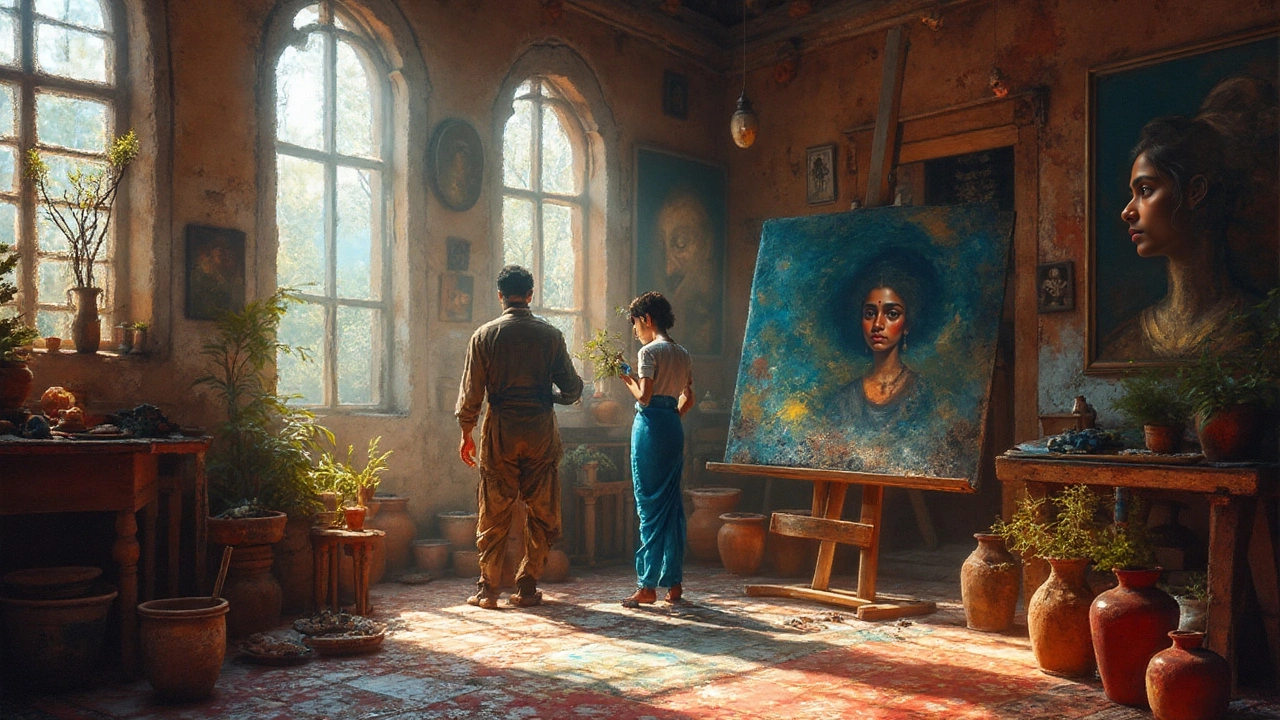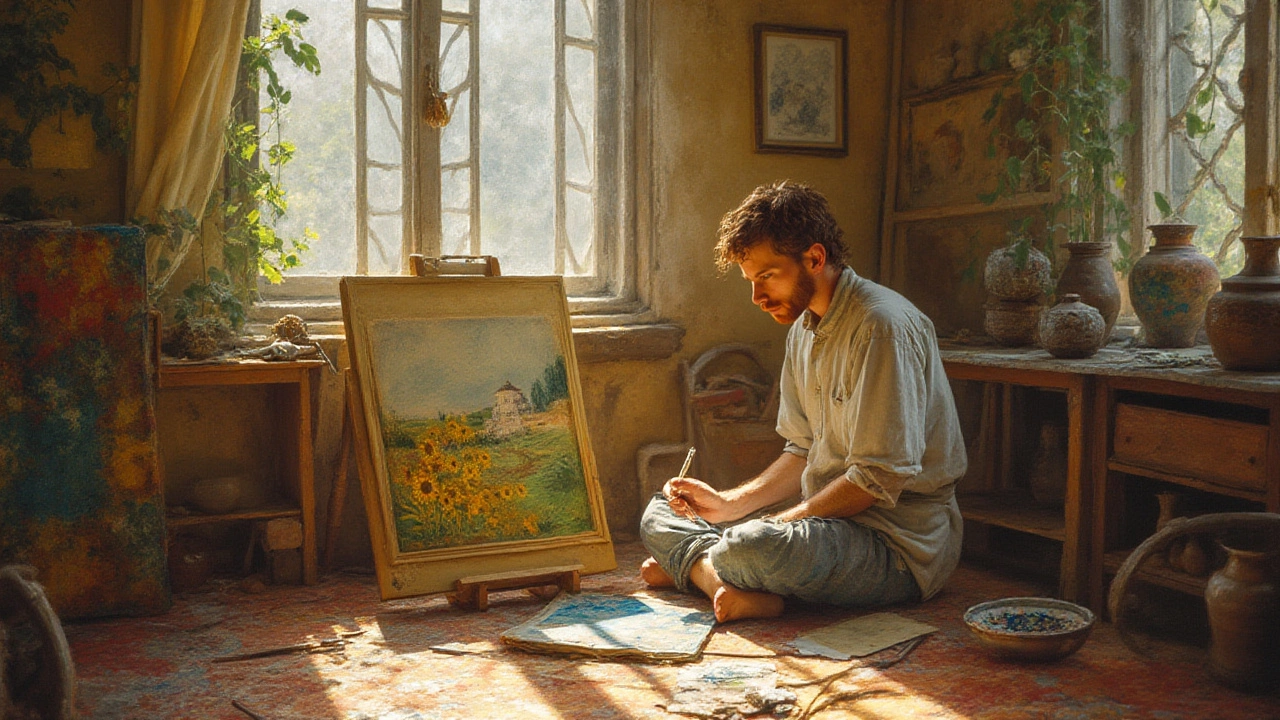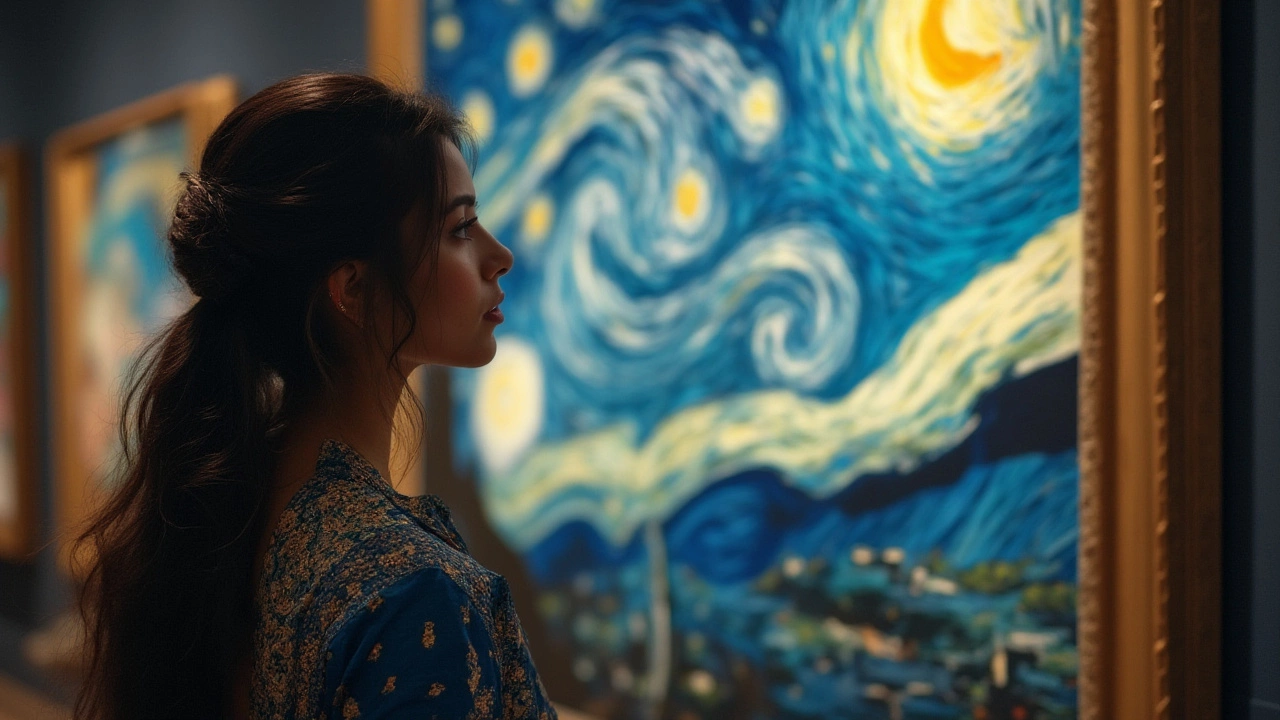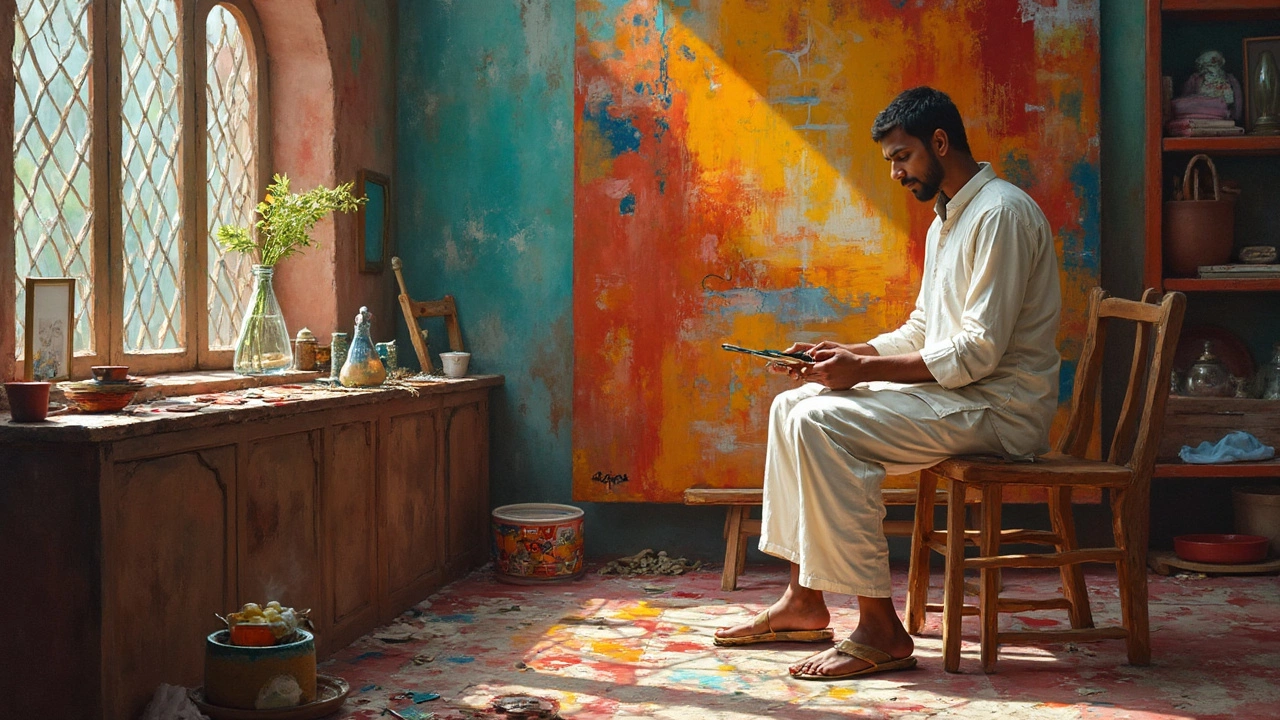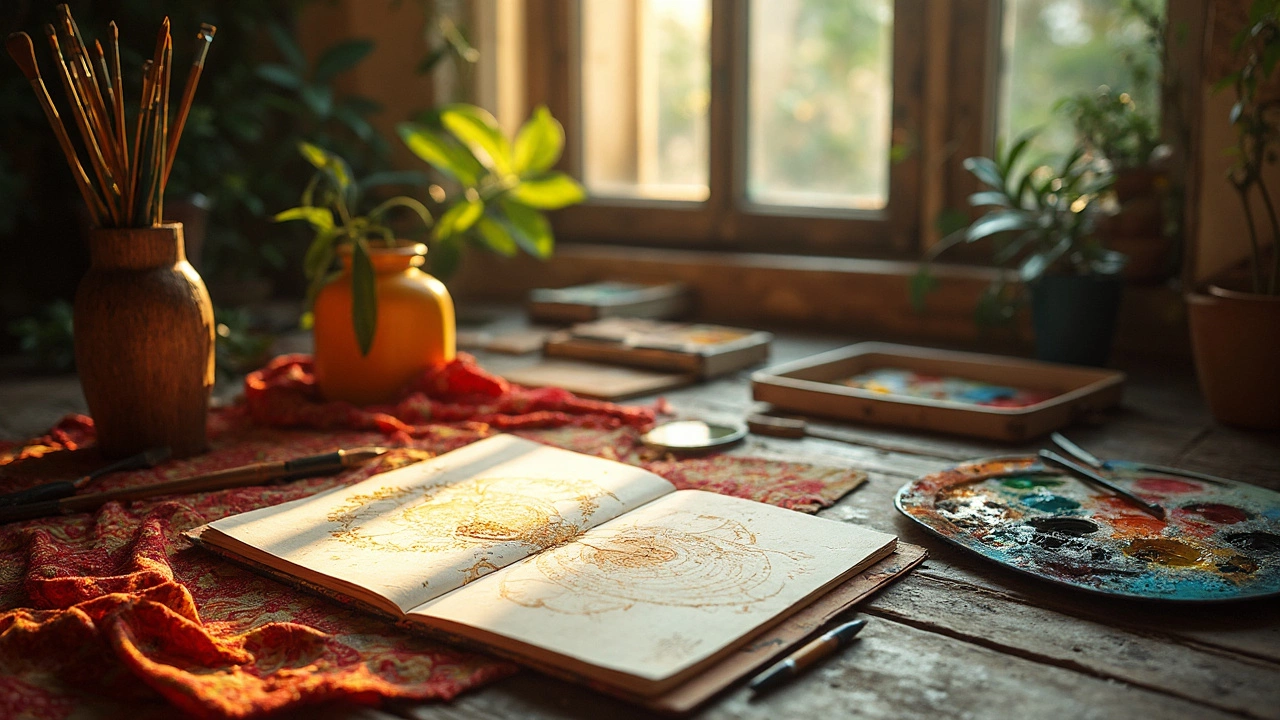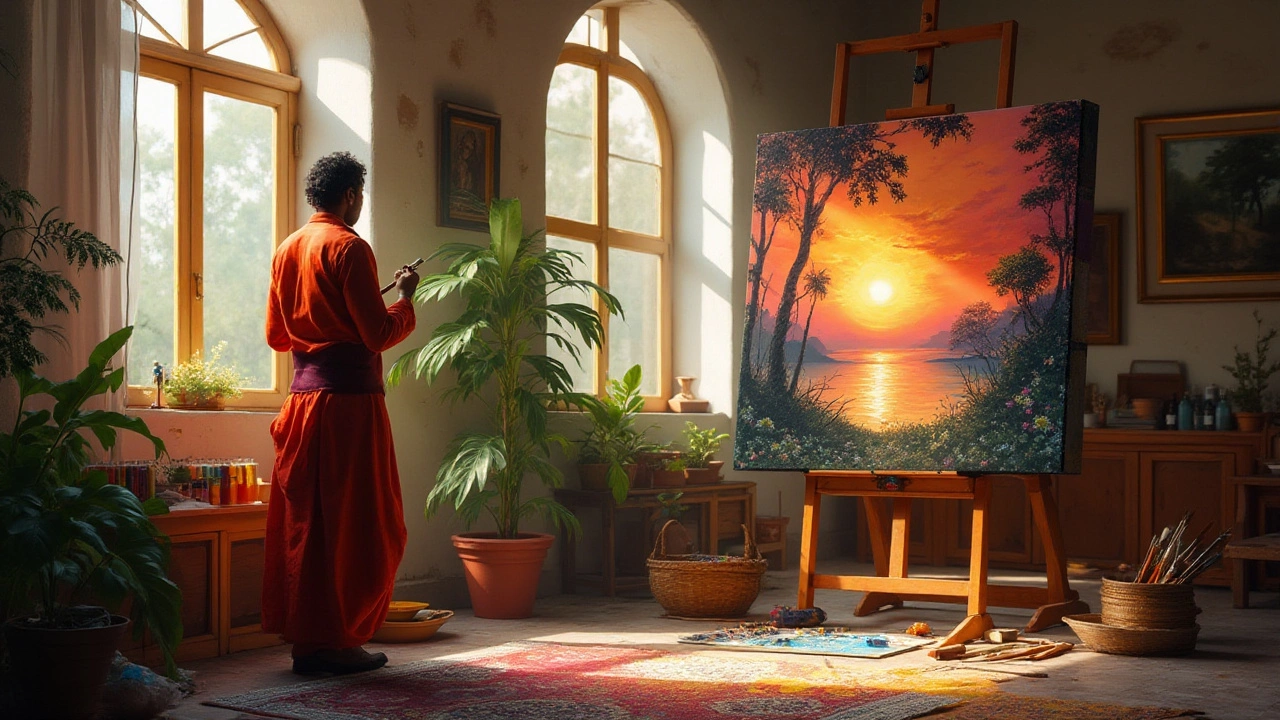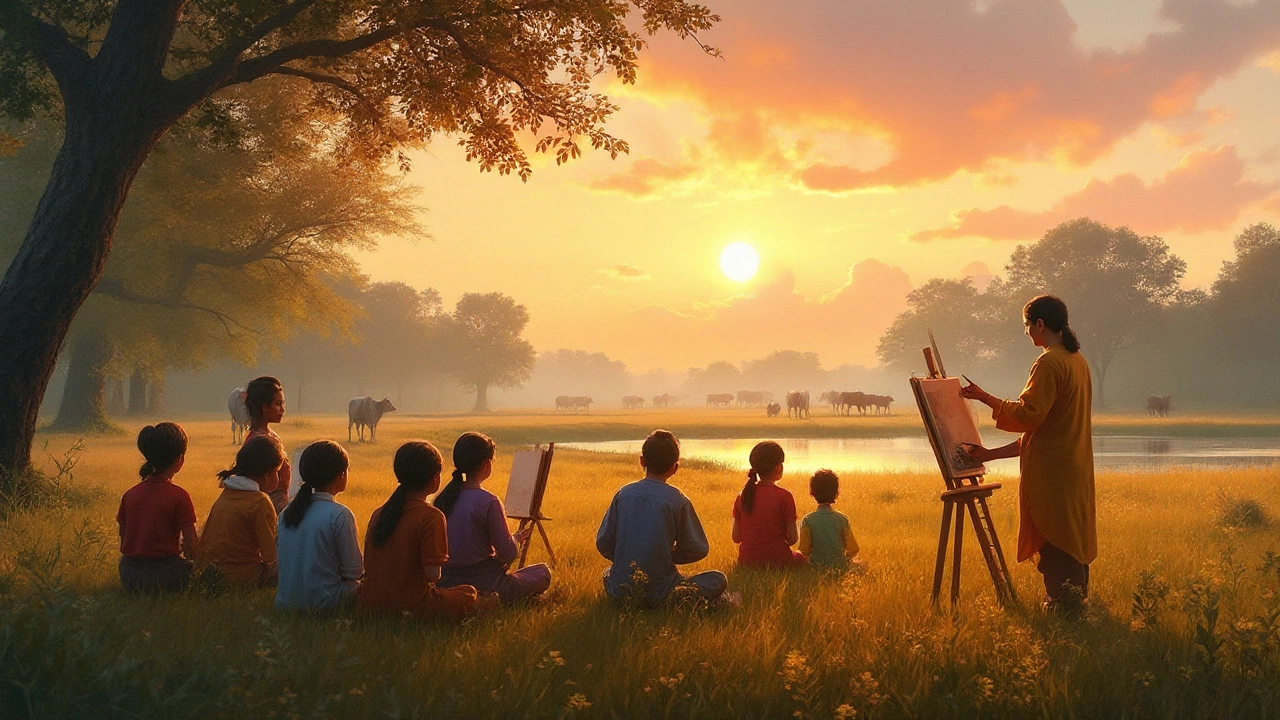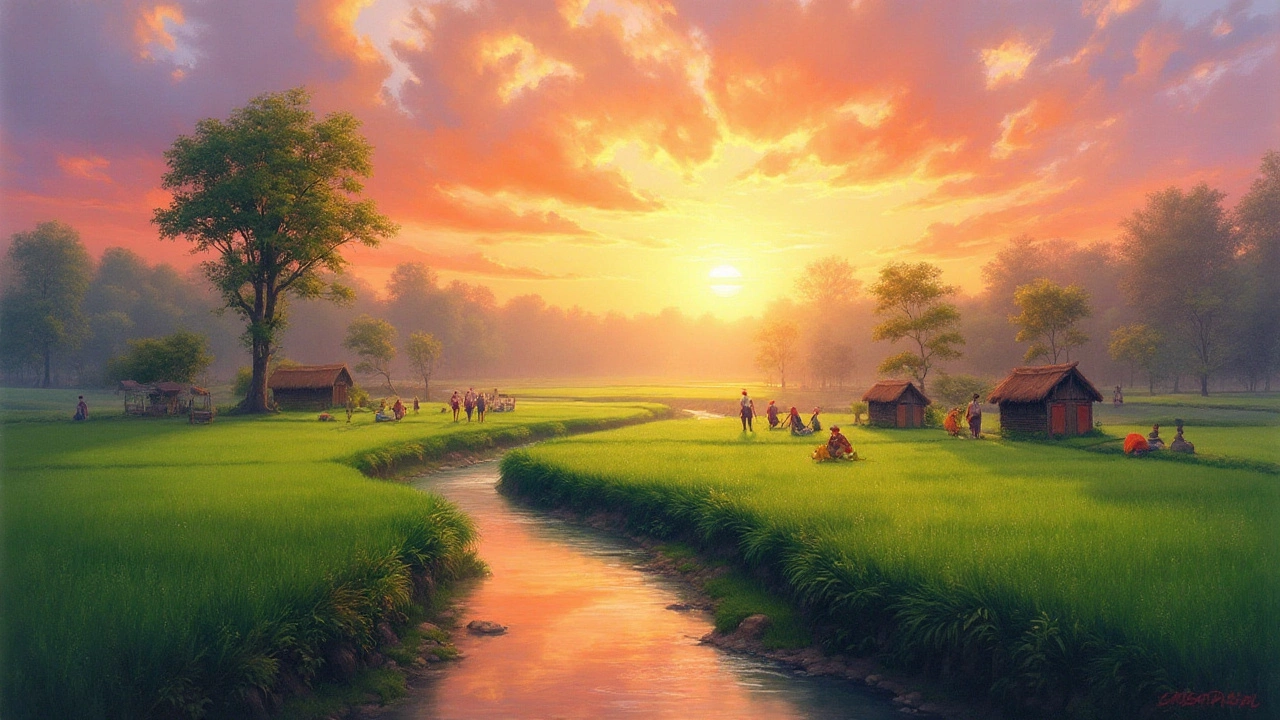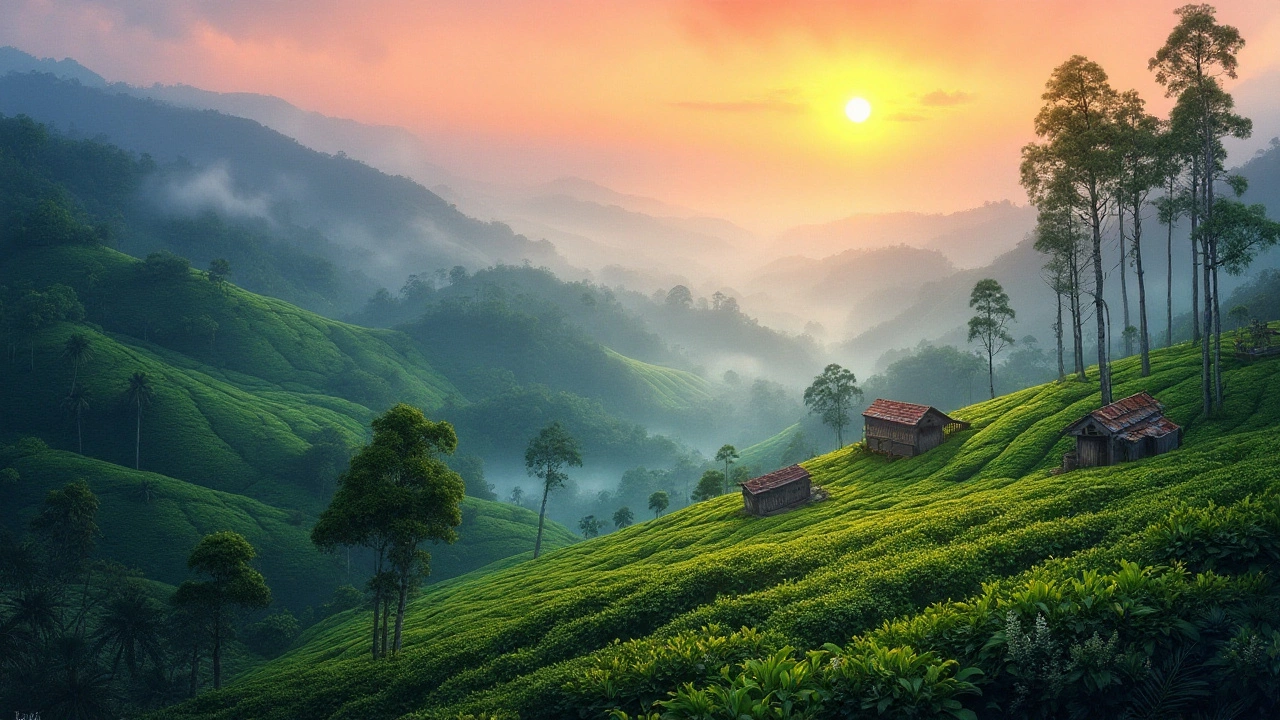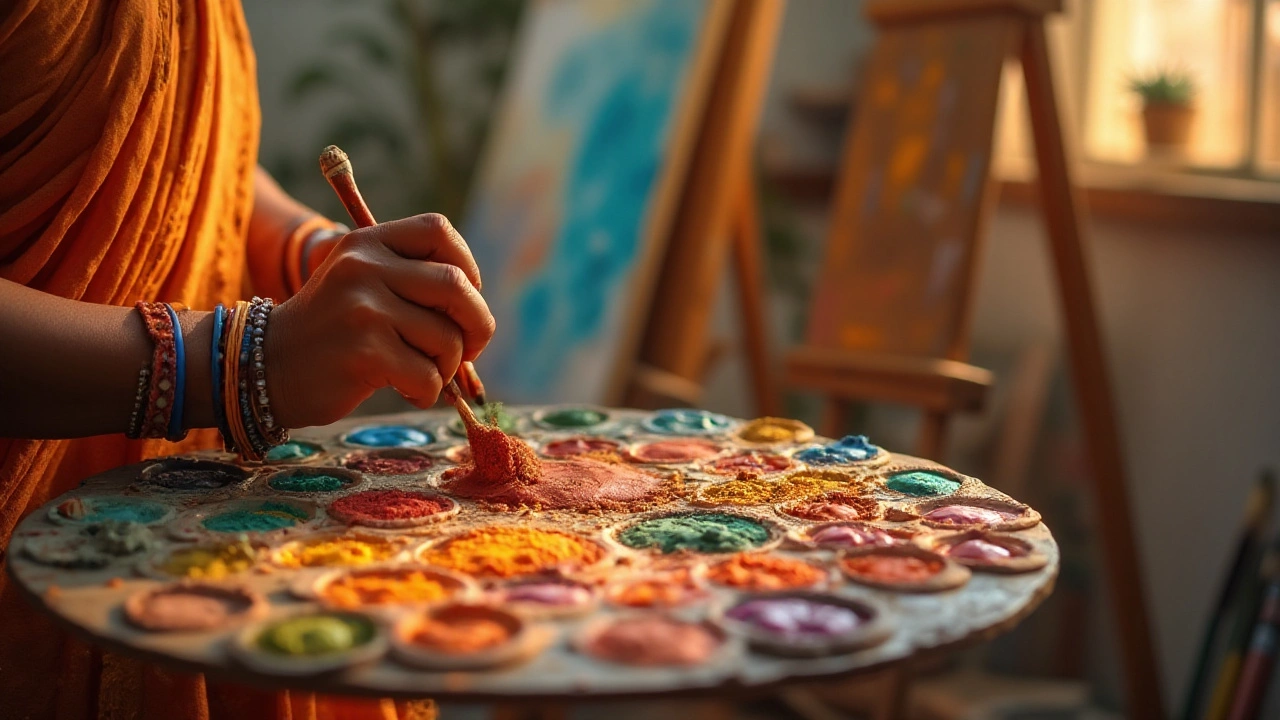Painting Techniques – Essential Tips and Modern Tricks
Whether you work with oil, acrylic, or watercolor, the right technique can turn a good piece into a great one. Below you’ll find straight‑forward tips you can try right now, plus a few modern hacks that keep your art fresh.
Classic Mediums: Oil, Acrylic, Watercolor
Oil paint loves a good solvent. If you want your colors to mix smoothly, try a traditional linseed oil medium. For a greener option, coconut oil works in a pinch, but it dries slower and can leave a faint haze. Keep a small jar of each on hand and experiment to see which gives the finish you like.
When it comes to acrylics, the golden rule is to thin with water or an acrylic medium, not alcohol. Too much water makes the paint brittle; a medium keeps flexibility while extending drying time. Add a tiny dash of glycerin for extra flow when you need soft edges.
Watercolor can be tricky because the paper absorbs everything. If your paintings look muddy, you’re probably over‑working the wash. Lay down a light wash, let it dry, then add details. Use cold‑pressed paper for a textured feel and a little less bleed.
Modern Experimentation & Quick Hacks
Three‑point lighting isn’t just for photographers. Set up a key light, fill light, and rim light to give your portraits depth, even if you’re painting them on canvas. This simple setup helps you see where shadows fall and where to add highlights.
The golden ratio isn’t a math nightmare – it’s a quick way to balance composition. Divide your canvas into a 1:1.618 grid and place the main subject at one of the intersection points. Your painting will feel more natural without you even thinking about it.
If you love mixing media, try adding a thin layer of acrylic glaze over dried oil. The acrylic sealant protects the oil underneath and adds a glossy finish that modern collectors love. Just make sure the oil layer is completely dry, usually a week or more.
Finally, keep a cheat‑sheet of your favorite solvents, mediums, and brush types. When you run out of time, a quick glance can save a whole painting from a costly mistake. Store it in your studio drawer and update it as you discover new tricks.
These tips cover the basics and a few fresh ideas you can start using today. Try them out, see what works for your style, and keep experimenting – that’s how great painting techniques evolve.
